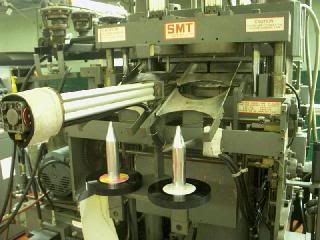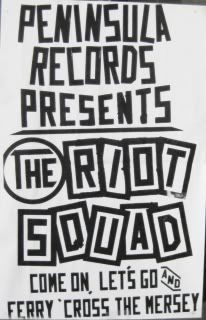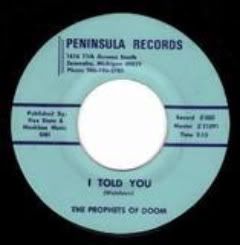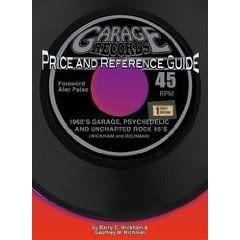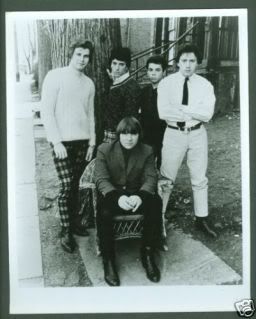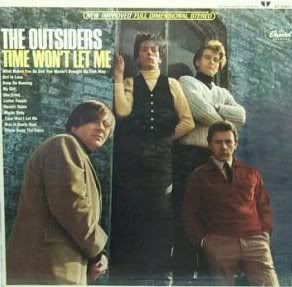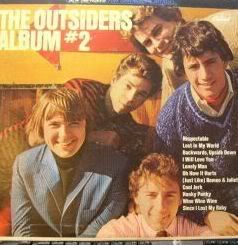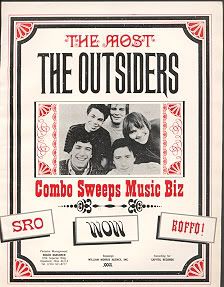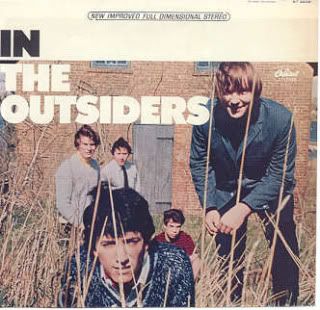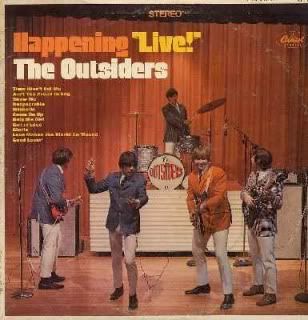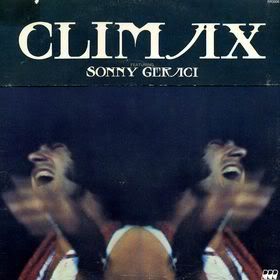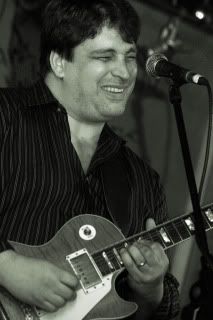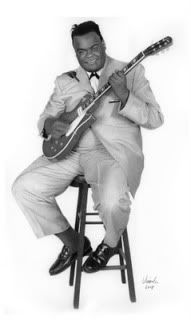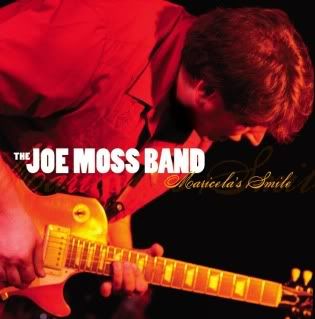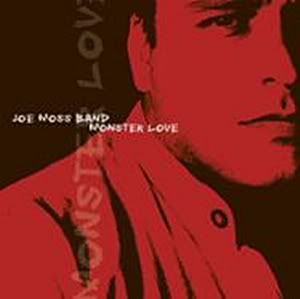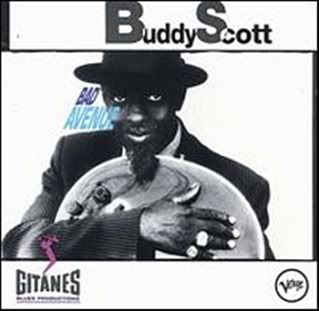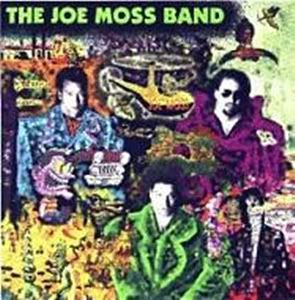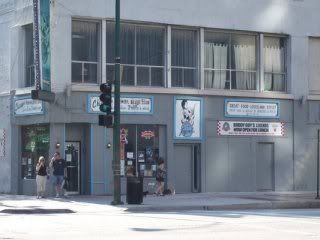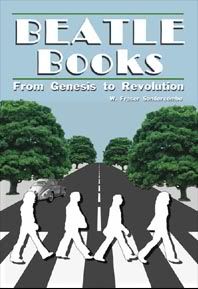
With 1,400 books published about the Beatles
since their 1960's heyday, W. Fraser Sandercombe has
released "Beatle Books," which compiles all those
titles into a single reference guide.
By STEVE SEYMOUR
Without doubt, the Beatles are the most documented and researched rock band ever.
If you don't believe it, check out the more than 1,400 books written about the group from their 1960's heyday to the present time.
Heck, the Beatles even wrote a song about it called "Paperback Writer" which topped the charts in 1966.
To benefit confused bibliophiles, Beatles student W. Fraser Sandercombe has published "Beatle Books: From Genesis to Revolution."
"Quite simply, this is a book about books," Sandercombe, a resident of Burlington, Ontario, writes in the tome's introduction.
Sandercombe's efforts in compiling a list of Beatles titles may have been made easier due to the fact he owns a rare book store.
Published by Collectors Guide Publishing, "Beatles Books" lists titles by year, by author and by title.
Although it doesn't rate or put a value on the books it lists, Sandercombe's 432-page reference guide is a welcome addition to my library because it puts some organization into my collection.
I'd begun picking up Beatles books decades ago hoping to keep a complete collection along side my records albums and 45s by the famed British group.
By the 1980s, however, the publishing schedule was so packed with new Beatles books it was no longer financially possible for me to buy every one.
Nevertheless, I've amassed over 250 volumes about the Fab Four.
The books are large and small, light and heavy, significant and trivial.
The first books I purchased were cheap paperbacks capitalizing on the Beatles massive fame during the 1960s.
New York's Lancer Books quickly published both "The Beatles Up To Date" and "The Beatles Book" in paperback editions. Selling for 50 cents each, both contained text and pictures with no author credited.
Dell published "The Beatles in A Hard Day's Night," as a companion to the motion picture of the same name, released by United Artists. Author John Burke turned the movie script into a novel to accompany eight pages of exclusive photos from the movie. 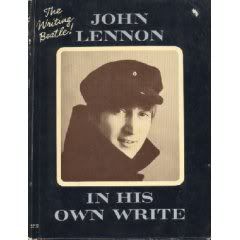
Even Beatle John Lennon entered the fray. In 1964, he issued "In His Own Write," an avant-garde collection of nonsense stories and line drawings, with an introduction by fellow-band member Paul McCartney. Published by Simon and Schuster, the hardcover book carried a retail list price of $2.50.
Lennon's success as an writer was such that a French translation was also published by Simon and Schuster. "En Flagrant Delire" sits on my bookshelf, right next to the English version.
Another hardcover entry from the same year was "Love Letters to the Beatles." A sample letter: "Dear Beatles, This is my 43rd letter to you. Please answer quick, I am desperately running out of stamps. Laura A., Boston, Mass." Published by G. P. Putnam's Sons, the book originally sold for $2.
Late in 1964, Beatles manager Brian Epstein published his first-hand account of the Beatles' rise to international fame, "Cellarful of Noise." The book was first released by Doubleday, but was reprinted the following year by Pyramid in a paperback edition. Epstein revealed then little-known facts including how a request for a record led to the discovery of the Beatles and why Ringo Starr replaced the Beatles' original drummer.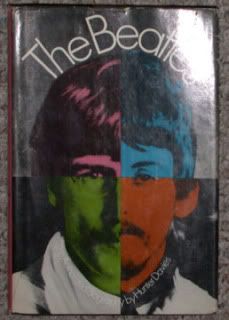
By 1968, puny paperback tellings of the Beatles' story were superseded by "The Beatles: The Authorized Biography," by Hunter Davies. At the time Davies took on the book project, he was a staff writer for the Sunday Times of London
At 357-pages, Davies' book provided an exhaustive look at the Beatles, from their childhoods to their world-wide domination of the rock music scene.
Davies' book took a serious look at its subject and may have been the first to do so. The book promised the reader the "complete and unexpurgated story."
While they were reading Davies' book, fans could also listen to the band's "White Album" which was released at about the same time.
In 1970, the Beatles published a book which was contained in the U. K. edition of "Let It Be," their final album. Entitled "The Beatles Get Back," the book comprised photographs by Ethan A. Russell and dialog from the "Let It Be" film as documented by Jonathan Cott and David Dalton.
By the time the "Let It Be" album was released, the Beatles called it quits, but the flow of books continued, even escalated.
Lennon expressed his views in "Lennon Remembers," published by Straight Arrow Books in San Francisco. The book compiled two lengthy interviews conducted by Rolling Stone publisher Jann Wenner, which originally appeared in the magazine in December 1970 and January, 1971.
Ex-Beatle George Harrison told his own story in an autobiography called "I Me Mine," published by England's Genesis Publications Limited in 1980. The book first appeared as a signed, limited edition of 2,000 numbered copies, hand-bound in leather, but was later published for the mass market by Simon and Schuster.
Harrison's book reprints his song lyrics and includes a section of photographs. He uses just 60 pages to write about his life. 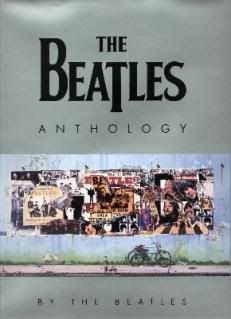
The story of the Beatles was most thoroughly covered in "The Beatles Anthology," published by Chronicle Books in San Francisco in 2000. The weighty 367-page coffee table book was a companion to the Beatles' six-CD audio set also called "Anthology."
The lavishly illustrated book, complete with a $60 pricetag, told the Beatles story in their own words. But, it wasn't the last word on the Beatles.
In the decade since, hundreds of additional books have crowded bookstore shelves.
While the Beatles' music resonates well into the 21st century, it seems the public also has an insatiable appetite to read about them.
It's unlikely I'll ever own a complete collection of Beatles books, but with Sandercombe's new guide I'll know exactly where I stand.
